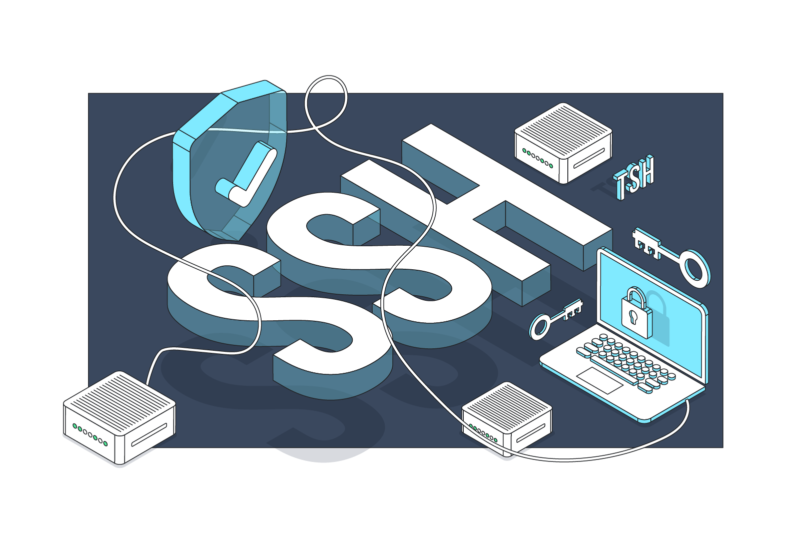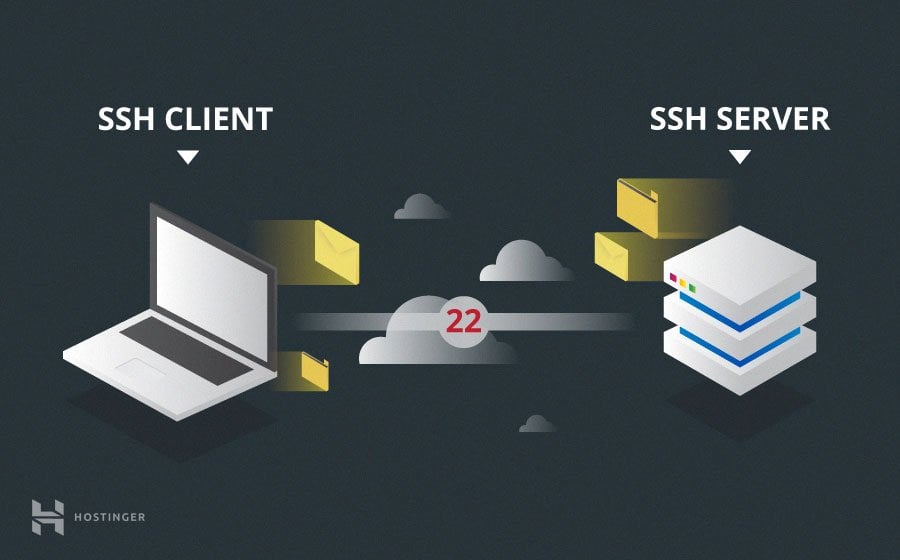In an era defined by unprecedented connectivity, is the ability to remotely manage your Internet of Things (IoT) devices simply a convenience, or an absolute necessity? The answer, increasingly, is the latter.
With the proliferation of smart homes, industrial automation, and countless other applications, the number of interconnected devices is exploding. Managing this vast network efficiently requires tools that transcend geographical boundaries and security limitations. This article will explore how RemoteIoT Web SSH addresses this critical need, offering a secure and streamlined method for accessing and controlling your devices from virtually anywhere in the world. We'll delve into the intricacies of this powerful tool, ensuring you have the knowledge and understanding to leverage its capabilities fully.
Whether you're a seasoned developer, a system administrator responsible for maintaining a complex network, or an enthusiastic hobbyist experimenting with IoT projects, the ability to remotely access and manage your devices is no longer optionalit's essential. This guide will equip you with the knowledge to set up secure connections, troubleshoot common issues, and ultimately, optimize your IoT network for peak performance and efficiency.
- Veronica Montelongo Real Estate Mogul Flip This House Star
- Janina Percival Biography Career Impact The Full Story
Let's explore the evolution and growing importance of remote access to IoT devices, and how the right tools can unlock new possibilities.
Table of Contents
- Introduction to RemoteIoT Web SSH
- Setting Up RemoteIoT Web SSH
- Ensuring Secure Connections
- Configuring RemoteIoT Web SSH
- Troubleshooting Common Issues
- Optimizing Your IoT Network
- Benefits of Using RemoteIoT Web SSH
- Alternative Tools for Remote Access
- Industry Statistics and Trends
Introduction to RemoteIoT Web SSH
What is RemoteIoT Web SSH?
RemoteIoT Web SSH represents a sophisticated solution meticulously crafted to facilitate remote access to IoT devices. It leverages the Secure Shell (SSH) protocol, a cornerstone of secure communication in the digital realm. This allows users to connect to their devices over the internet, effectively enabling them to manage configurations, monitor performance metrics, and troubleshoot potential issues from any location with an internet connection.
SSH, at its core, is a cryptographic network protocol. It serves as a secure conduit for communication, ensuring that data transmitted over unsecured networks remains protected. RemoteIoT Web SSH builds upon this robust foundation, delivering a user-friendly interface designed to simplify the complex process of managing IoT devices remotely. This seamless user experience empowers both novice and experienced users to efficiently control and maintain their connected devices.
- Jim Cantores Girlfriend Inside Their Relationship Life Together
- Discover Alexa Lauren Biography Career More Adult Film Star
Why Use RemoteIoT Web SSH?
The adoption of RemoteIoT Web SSH is driven by several key advantages that are particularly relevant for IoT professionals. These benefits collectively enhance security, ease of use, and overall network efficiency.
- Enhanced security, ensured through encrypted connections that protect sensitive data.
- An intuitive, easy-to-use interface, welcoming to both beginners and experienced users alike.
- Compatibility with a diverse range of IoT devices and platforms, increasing its versatility.
- A cost-effective solution, especially beneficial for managing large-scale IoT networks, reducing expenses associated with on-site maintenance.
Setting Up RemoteIoT Web SSH
Prerequisites
Before beginning the process of setting up RemoteIoT Web SSH, it is critical to ensure that you have the following components readily available:
- A compatible IoT device. The device must have SSH capabilities, meaning it can support and execute SSH connections.
- An active and stable internet connection. This must be available on both the IoT device itself and the computer or device from which you will be accessing it.
- The necessary credentials. This includes the username and password required to successfully authenticate and gain access to the device.
Step-by-Step Setup Guide
Follow these straightforward steps to get RemoteIoT Web SSH up and running:
- Download and install the RemoteIoT Web SSH client on your computer. This software provides the necessary interface for establishing and managing remote connections.
- Launch the RemoteIoT Web SSH client. Once running, enter the IP address or the hostname of your target IoT device.
- Input the required credentials. You will be prompted to enter the username and password that grants you access to the device.
- Establish the connection. After successfully entering your credentials, the client will establish a secure connection, allowing you to begin managing your device remotely.
Ensuring Secure Connections
Best Practices for Secure RemoteIoT Web SSH
Security is not merely a consideration; it is a fundamental requirement when dealing with remote access to IoT devices. Implementing these best practices is essential to maintaining a secure connection.
- Use robust and unique passwords for all devices. Avoid reusing passwords and opt for long, complex, and unpredictable passwords.
- Enable two-factor authentication (2FA) wherever possible. This adds an extra layer of security by requiring a second form of verification.
- Regularly update firmware and software. Promptly patching any identified vulnerabilities is crucial.
- Limit access to trusted IP addresses or networks. Restricting access ensures that only authorized users can establish a connection.
Encryption and Authentication
RemoteIoT Web SSH employs powerful encryption and authentication mechanisms to safeguard the data transmitted between your device and the client. By default, it utilizes Advanced Encryption Standard (AES) encryption for data transmission, which is a well-vetted and highly secure method. For authentication, it uses either RSA or ECC (Elliptic Curve Cryptography) keys, both of which provide strong and reliable security. These protocols work in tandem to make it exceptionally difficult for unauthorized individuals to intercept and decipher your data, thereby protecting the privacy and integrity of your communications.
Configuring RemoteIoT Web SSH
Customizing Your Settings
RemoteIoT Web SSH offers a variety of configuration options that are designed to cater to the specific needs of each user. These settings enable you to fine-tune the user experience and optimize performance based on your preferences and operational requirements. The available options include:
- Port forwarding rules. Customize how you manage network traffic.
- Connection timeouts. Adjust the duration of inactivity before the connection is automatically terminated.
- Logging preferences. Control how connection logs are generated and stored.
Advanced Configuration Tips
For experienced users with more advanced needs, RemoteIoT Web SSH offers additional features that add an extra layer of control and streamline complex tasks. The following features are available for customization:
- Script automation. Automate repetitive tasks using scripts.
- Integration with third-party monitoring tools. Seamlessly integrate RemoteIoT Web SSH with your existing monitoring infrastructure.
- Custom command sets. Streamline your management process by creating and using custom command sets.
Troubleshooting Common Issues
Connection Problems
If you encounter issues when trying to establish a connection, consider the following solutions to restore functionality:
- Verify that the device is online and reachable. Ensure that the device is powered on and connected to the network.
- Check your network settings for any firewall restrictions. Ensure that your firewall is not blocking SSH traffic.
- Ensure the correct IP address or hostname is entered. Double-check the IP address or hostname entered to ensure accuracy.
Authentication Failures
Authentication errors can be caused by a variety of issues, including:
- Incorrect credentials. Ensure that the username and password entered are correct.
- Expired or revoked keys. Check the status of your SSH keys to ensure they are valid.
- Misconfigured access controls. Ensure that the access controls for the device are properly configured.
Optimizing Your IoT Network
Network Performance Tips
To optimize your IoT network to ensure that RemoteIoT Web SSH operates at peak performance, consider the following strategies:
- Upgrade your internet bandwidth for faster connections. Increased bandwidth will allow for faster data transfer.
- Implement load balancing for multiple devices. Distribute network traffic across multiple devices to optimize performance.
- Using compression to reduce data transfer times. Reduce data transfer times by compressing data.
Device Management Strategies
Implementing effective device management strategies will ensure efficient operation, including:
- Regularly auditing connected devices. Regularly audit to ensure the security and efficiency of your network.
- Implementing automated updates for firmware and software. Automate updates to ensure devices are running the latest, most secure software.
- Monitoring device performance metrics for proactive maintenance. Regularly monitor metrics to anticipate any issues and prevent problems.
Benefits of Using RemoteIoT Web SSH
Increased Productivity
RemoteIoT Web SSH streamlines device management, allowing you to focus on more critical tasks. With its intuitive interface and powerful features, you can accomplish more in less time.
Cost Savings
By eliminating the need for on-site visits, RemoteIoT Web SSH reduces travel expenses and downtime. This translates to significant cost savings for businesses of all sizes.
Alternative Tools for Remote Access
Comparison with Other Tools
While RemoteIoT Web SSH is a top choice for IoT device management, other tools such as:
- TeamViewer
- AnyDesk
- Putty
offer similar functionalities. However, RemoteIoT Web SSH stands out due to its IoT-specific optimizations and robust security features.
Industry Statistics and Trends
IoT Growth Projections
The IoT market is projected to grow exponentially in the coming years. According to a report by Statista, the number of connected IoT devices worldwide is expected to surpass 25 billion by 2030. This growth underscores the importance of effective remote management solutions like RemoteIoT Web SSH.
SSH Usage Trends
SSH remains one of the most widely used protocols for secure remote access. A study by Gartner highlights that over 80% of IT professionals prefer SSH for managing remote systems due to its reliability and security.
- Lisa Abramowicz Unveiling The Financial Journalist Her Impact
- Unveiling Who Is Akshay Oberois Wife The Untold Story

